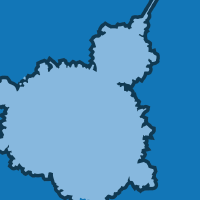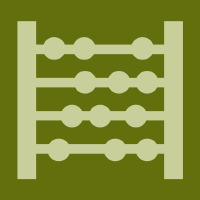Topic Menu
► Topic MenuTopic Editors

2. Department of Mathematics, College of Science, Taibah University, Al-Madinah Al-Munawarah, Saudi Arabia
Mathematical Applications of Nonlinear Wave Properties in Crystalline and Dispersive Media
Topic Information
Dear Colleagues,
Crystalline features have a wide range of uses in semiconductors, superconductors, optical nonlinear and laser crystals, solid states, engineering, industrial applications, and technological advancements. Mechanical and optical characteristics may cause some critical phenomena that need modern theoretical methods for physics-based growth descriptions such as crystal growth models. This nonlinear effect may modulate the dynamical behaviors in crystal models that relate to nonlinear equations in crystal physics.
Random applications in physical systems have been a topic of extensive theoretical and analytical research around the world in recent decades. Furthermore, various complex nonlinear wave propagation models have been developed in several fields, such as superfluids, chemical physics, plasma physics, semiconductor, solid state, biophysics, optical fibers, plasma fluids, solid-state physics, quantum mechanics and super-conductivity.
The purpose of this Research Topic is to bring together top researchers and academicians from a variety of fields concerned with theoretical physics, experimental solid-state physics, engineering and applied mathematics. For the submitted papers, we are especially interested in experimental, theoretical, analytical, and numerical modeling as well as new progresses in random differential equations in mathematical physics.
Dr. Mahmoud A.E. Abdelrahman
Prof. Dr. Emad El-Shewy
Topic Editors
Keywords
- crystalline surfaces
- crystalline structure
- crystalline interface
- plasma physics
- dynamical systems
- nonlinear waves
- deterministic and stochastic modeling
- chemical physics
- solid-state physics
- computational analysis
- applications of crystalline studies
- nonlinear models
Participating Journals
| Journal Name | Impact Factor | CiteScore | Launched Year | First Decision (median) | APC |
|---|---|---|---|---|---|

Crystals
|
2.4 | 5.0 | 2011 | 12.7 Days | CHF 2100 |

Mathematics
|
2.2 | 4.6 | 2013 | 18.4 Days | CHF 2600 |

Symmetry
|
2.2 | 5.3 | 2009 | 17.1 Days | CHF 2400 |

Fractal and Fractional
|
3.3 | 6.0 | 2017 | 19.9 Days | CHF 2700 |

Axioms
|
1.6 | - | 2012 | 21.6 Days | CHF 2400 |

Preprints.org is a multidisciplinary platform offering a preprint service designed to facilitate the early sharing of your research. It supports and empowers your research journey from the very beginning.
MDPI Topics is collaborating with Preprints.org and has established a direct connection between MDPI journals and the platform. Authors are encouraged to take advantage of this opportunity by posting their preprints at Preprints.org prior to publication:
- Share your research immediately: disseminate your ideas prior to publication and establish priority for your work.
- Safeguard your intellectual contribution: Protect your ideas with a time-stamped preprint that serves as proof of your research timeline.
- Boost visibility and impact: Increase the reach and influence of your research by making it accessible to a global audience.
- Gain early feedback: Receive valuable input and insights from peers before submitting to a journal.
- Ensure broad indexing: Web of Science (Preprint Citation Index), Google Scholar, Crossref, SHARE, PrePubMed, Scilit and Europe PMC.


